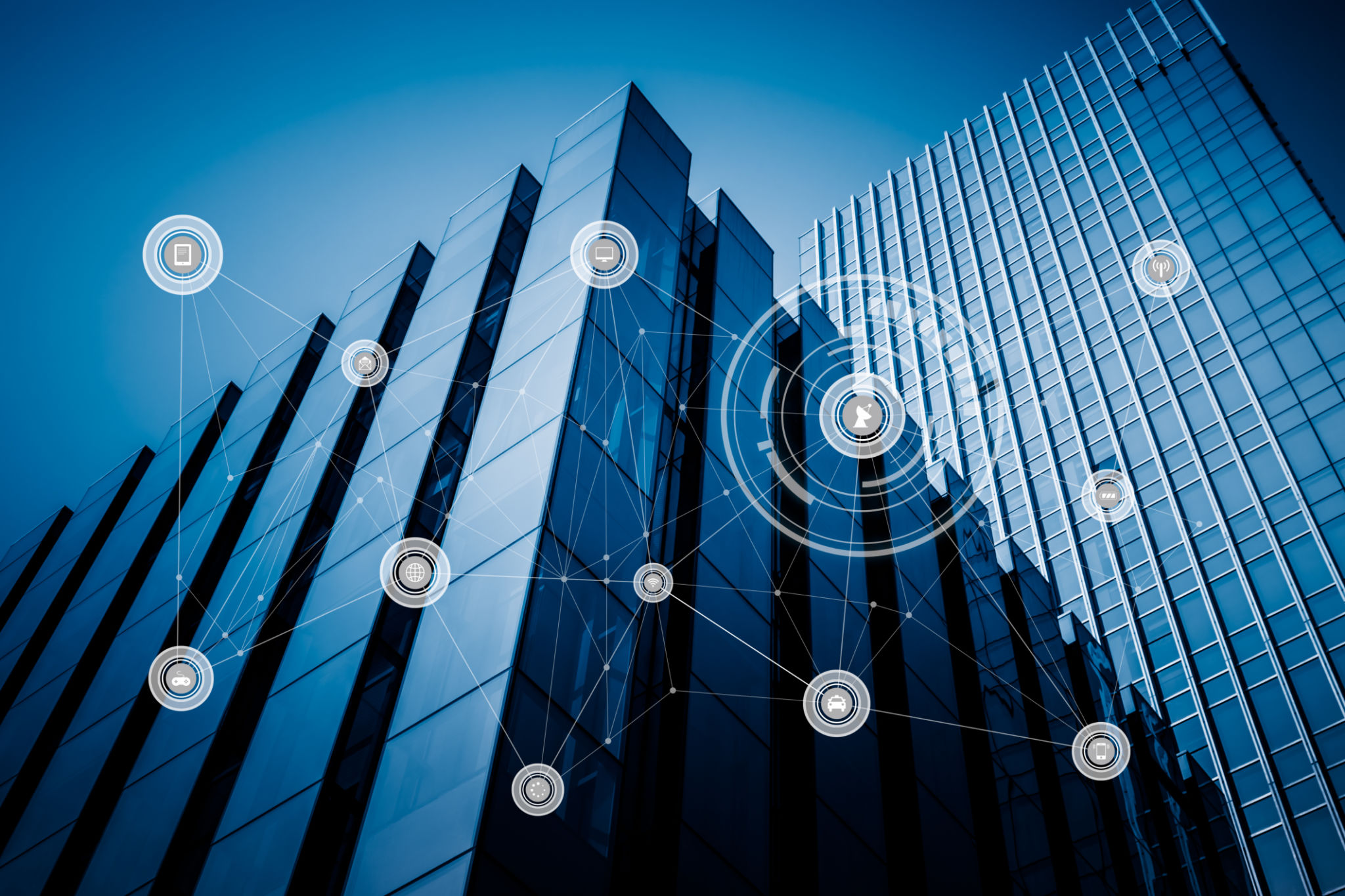How IoT Sensors Revolutionize Building Safety in Florida's High-Rises
Introduction to IoT Sensors in High-Rises
In recent years, the integration of Internet of Things (IoT) sensors into building infrastructure has significantly transformed how safety is managed, particularly in Florida's high-rise buildings. These smart devices are designed to collect and transmit data in real-time, providing crucial insights into various aspects of building safety. As urban environments become denser and buildings grow taller, the need for advanced safety measures becomes imperative.

Enhancing Fire Safety with IoT
Fire safety is a major concern for high-rise buildings, and IoT sensors play a pivotal role in enhancing these measures. IoT sensors can be strategically placed throughout a building to detect smoke, heat, and even carbon monoxide levels. In the event of a fire, these sensors can trigger alarms and notify building management and emergency services instantaneously, potentially saving lives and reducing damage.
Moreover, IoT systems can integrate with existing fire suppression systems to automatically activate sprinklers and other fire-fighting measures, ensuring that the response is swift and efficient. This real-time data transmission allows building managers to have a comprehensive overview of the situation as it unfolds.
Structural Health Monitoring
Another critical application of IoT sensors in high-rises is structural health monitoring. These sensors can continuously assess the integrity of a building's structure by measuring vibrations, tilts, and other stress indicators. In Florida, where hurricanes and tropical storms are common, having this capability is especially crucial.

By analyzing data collected from IoT sensors, engineers can identify potential issues before they become significant problems. This proactive approach not only helps in maintaining the safety of residents but also extends the lifespan of the building itself.
Energy Efficiency and Safety
IoT sensors also contribute to energy efficiency while enhancing safety. Smart lighting systems, for instance, can adjust based on occupancy levels or natural light availability, thereby reducing energy consumption. More importantly, these systems ensure that emergency exits and pathways are well-lit during power outages or emergencies.
Additionally, IoT-enabled HVAC systems can monitor air quality and ensure proper ventilation throughout the building. This not only promotes a healthier living environment but also helps prevent situations like gas leaks from becoming hazardous.

Water Leak Detection
Water leaks can cause extensive damage in high-rise buildings, leading to costly repairs and potential safety hazards. IoT sensors provide an effective solution by detecting leaks early on and sending alerts to maintenance teams immediately. By addressing leaks promptly, buildings can avoid mold growth and structural damage that could compromise safety.
These sensors are particularly beneficial in Florida’s humid climate where water-related issues are more prevalent. Early detection ensures that maintenance efforts can be focused where they are most needed, preventing minor issues from escalating.
The Future of Building Safety with IoT
The potential for IoT sensors in enhancing building safety is vast. As technology continues to evolve, we can anticipate even more sophisticated systems that integrate artificial intelligence for predictive analytics. This will enable even more accurate forecasting of potential safety issues based on historical data trends.
For residents and building managers in Florida's high-rises, embracing IoT technology means a safer living environment and peace of mind. As these technologies become more widespread, we can look forward to safer, smarter urban living spaces.
